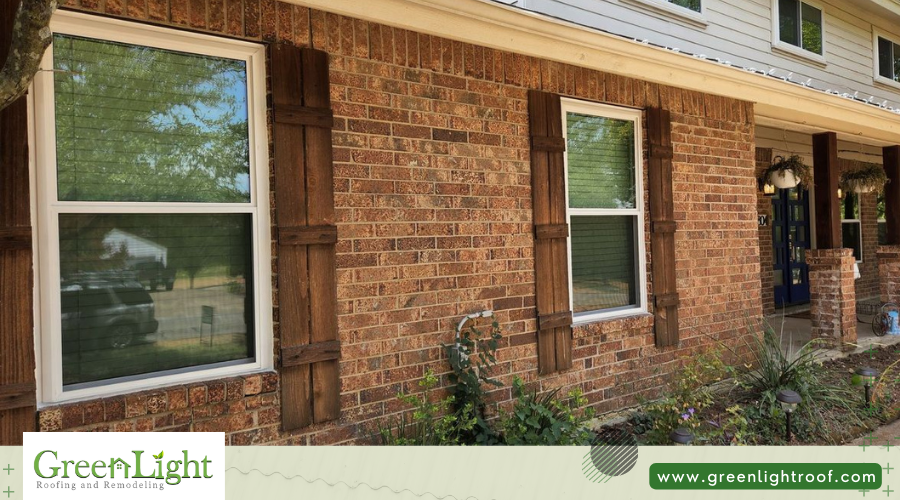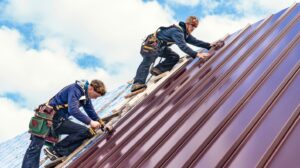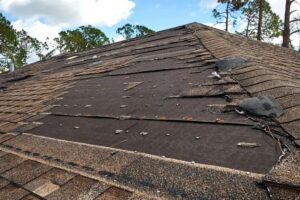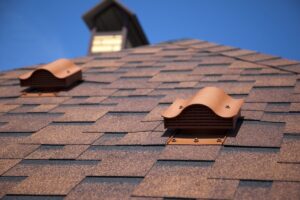Energy efficiency has become an increasingly important concern in modern society. With the rising costs of energy and concerns about climate change, people are looking for ways to reduce their energy consumption and lower their carbon footprint. One area where significant savings can be made is in the use of energy-efficient windows. In this article, we will discuss the benefits of energy-efficient windows and the potential savings they can offer.
Introduction
In this section, we will provide an overview of the topic of energy-efficient windows. We will explain what they are, why they are important, and what benefits they offer.
What are energy-efficient windows?
Energy-efficient windows are windows that are designed to minimize the amount of heat that is transferred between the inside and outside of a building. They are typically made from materials that have a low thermal conductivity, such as double or triple-pane glass, and are often coated with a low-emissivity (low-e) coating to reflect heat into the room.
Why are energy-efficient windows important?
Energy-efficient windows are important because they can significantly reduce the amount of energy that is needed to heat or cool a building. This can lead to lower energy bills, improved comfort, and a reduced carbon footprint.
What benefits do energy-efficient windows offer?
Energy-efficient windows offer a range of benefits, including:
- Lower energy bills: By reducing the amount of heat that is lost through windows, energy-efficient windows can significantly reduce heating bills in the winter and cooling bills in the summer.
- Improved comfort: Energy-efficient windows can help to maintain a more consistent temperature throughout a building, reducing cold drafts and hot spots.
- Reduced condensation: Energy-efficient windows can help to reduce condensation on the inside of windows, which can lead to a range of problems such as mold and mildew.
- Increased resale value: Energy-efficient windows can increase the resale value of a property, as they are seen as a desirable feature by potential buyers.
How Energy-Efficient Windows Work
In this section, we will explain how energy-efficient windows work. We will discuss the various features that make them energy-efficient and how these features work together to reduce heat loss.
Double or Triple-Pane Glass
One of the key features of energy-efficient windows is double or triple-pane glass. These windows consist of two or three panes of glass separated by an insulating layer of air or gas. This insulating layer helps to reduce the amount of heat that is transferred through the window.
Low-E Coatings
Another important feature of energy-efficient windows is Low-E coatings. These coatings are applied to the surface of the glass and help to reflect heat into the room. This can significantly reduce the amount of heat that is lost through the window.
Framing Materials
The window framing materials used in energy-efficient windows are also important. Materials such as vinyl, fiberglass, or wood composites have low thermal conductivity and can help to further reduce heat loss.
Window Orientation
The orientation of windows also plays a role in their energy efficiency. South-facing windows receive more sunlight and can help to heat a room in the winter, while east and west-facing windows can allow too much heat during the summer.
Potential Savings
In this section, we will discuss the potential savings that energy-efficient windows can offer. We will provide examples of the savings that can be achieved and explain how these savings are calculated.
Calculating Savings
The potential savings that can be achieved with energy-efficient windows will depend on a range of factors, including the size of the windows, the type of windows, the climate, and the cost of energy. However, studies have shown that energy-efficient windows can lead to significant savings on energy bills.
Example Savings
For example, a typical home in the United States can save between $126 and $465 per year on heating and cooling costs by upgrading to energy-efficient windows. Over the lifetime of the windows, which is typically around 20 years, this can add up to thousands of dollars in savings.
Other Benefits of Energy-Efficient Windows
In addition to the potential cost savings, energy-efficient windows offer a range of other benefits. For example:
- Improved indoor comfort: Energy-efficient windows can help to maintain a more consistent temperature throughout a building, reducing cold drafts and hot spots.
- Reduced noise: Energy-efficient windows can also help to reduce the amount of outside noise that enters a building, providing a quieter and more peaceful environment.
- Increased natural light: Energy-efficient windows can allow more natural light into a building, which can have a positive impact on mood and well-being.
Choosing Energy-Efficient Windows
In this section, we will provide some tips for choosing energy-efficient windows. We will discuss the various factors that should be considered, such as window ratings, framing materials, and glazing options.
Energy Star Ratings
One of the most important factors to consider when choosing energy-efficient windows is the Energy Star rating. Energy Star is a government-backed program that identifies energy-efficient products, including windows. Look for windows that have an Energy Star rating to ensure that they meet strict energy efficiency guidelines.
Framing Materials
The framing materials used in energy-efficient windows are also important. Materials such as vinyl, fiberglass, or wood composites have low thermal conductivity and can help to further reduce heat loss.
Glazing Options
There are a variety of glazing options available for energy-efficient windows, including low-e coatings, tinted glass, and gas-filled panes. Consider the climate in your area and the orientation of your windows when choosing the right glazing option for your needs.
Conclusion
In conclusion, energy-efficient windows offer a range of benefits, including lower energy bills, improved comfort, and a reduced carbon footprint. By choosing energy efficient windows and taking steps to improve the energy efficiency of your home, you can make a significant contribution to reducing your impact on the environment while saving money at the same time.







